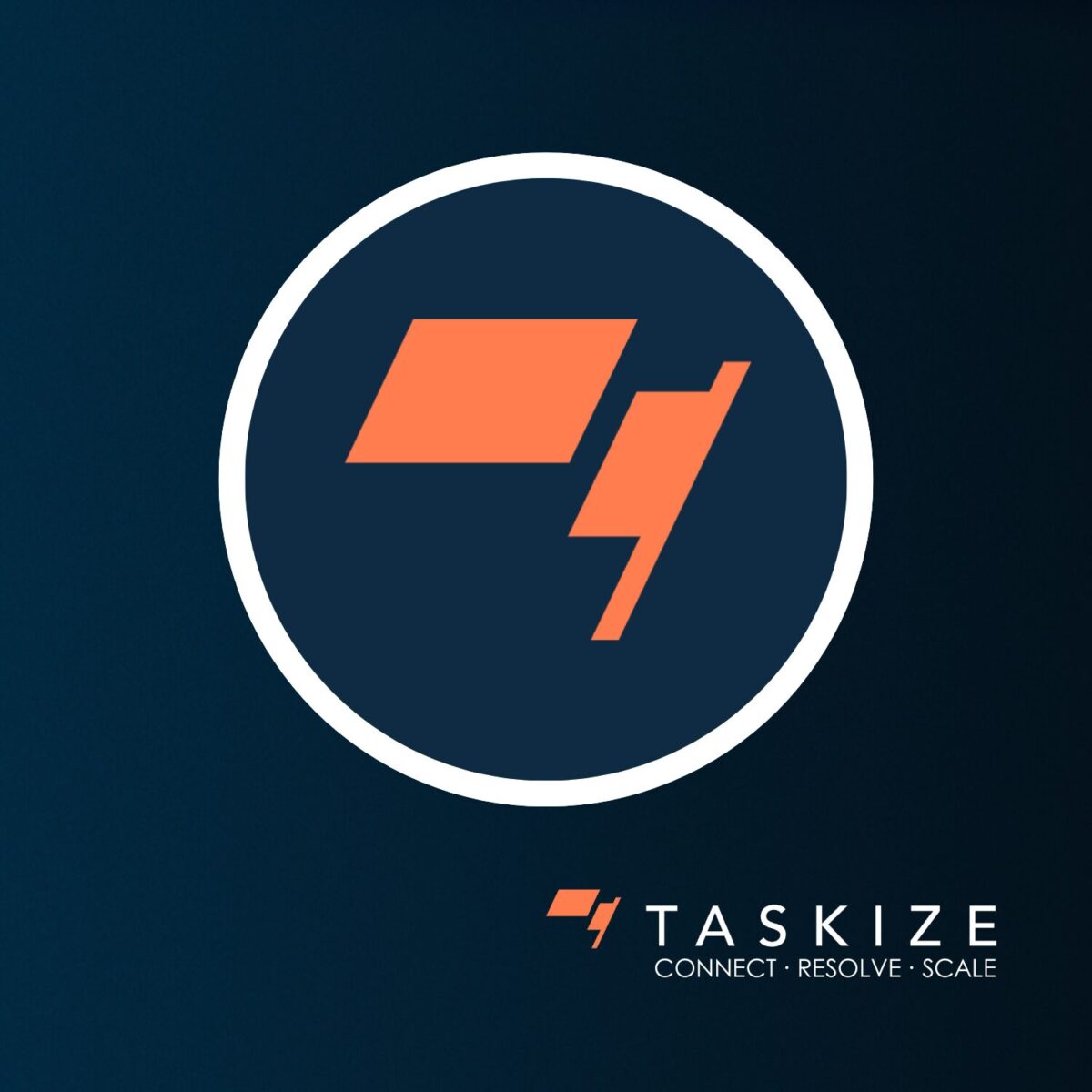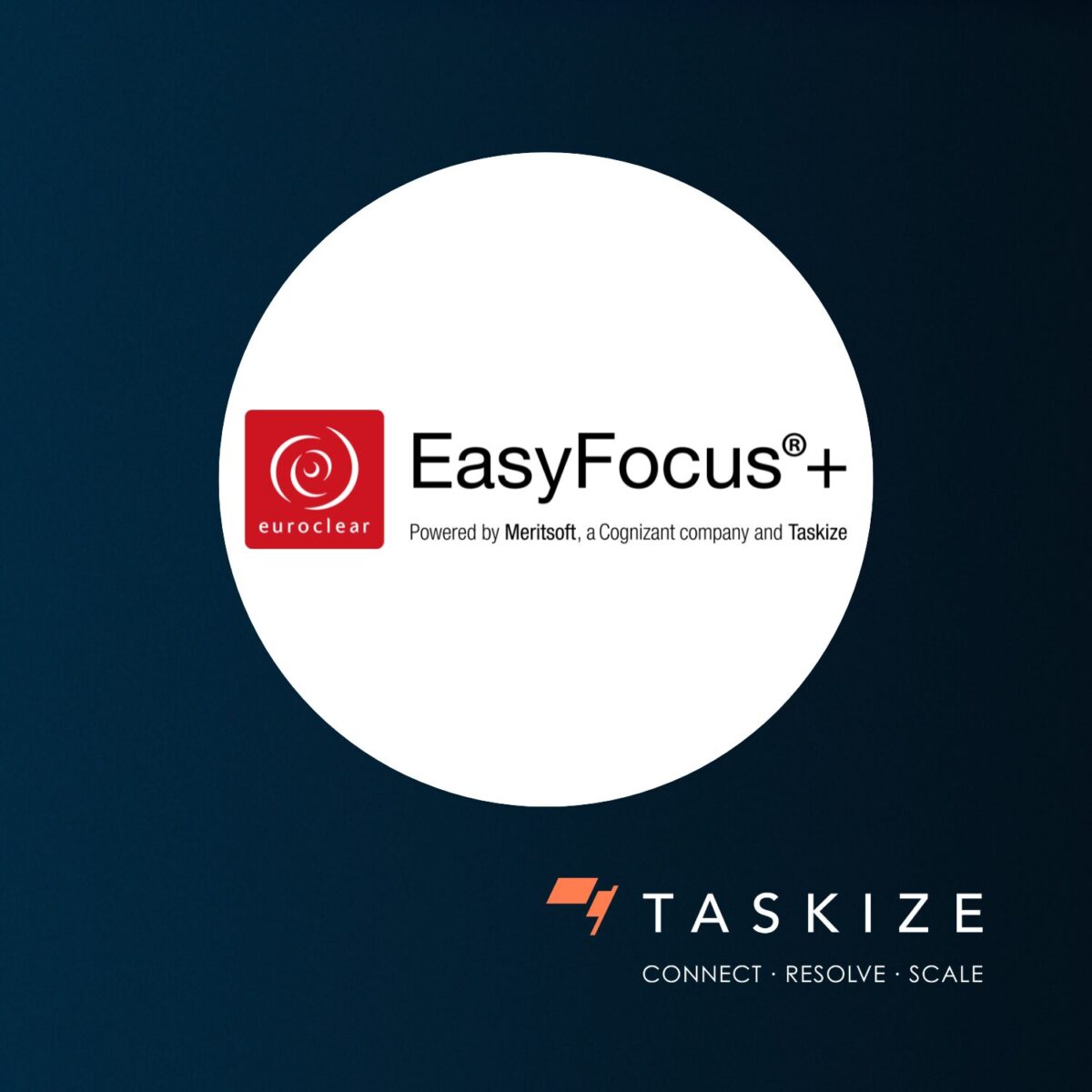Insights
In the latest part of our T+1 insights series, we look at three key back-office challenges…
As Taskize prepares for client meetings and news announcements at Sibos 2023, we take a step back to look in depth at one of the event’s key talking points… In the latest part of our T+1 insights series, James Pike – ex-Morgan Stanley now Head of Business Development at Taskize – looks at how the groundwork for May 2024 needs to factor in three key back-office challenges.
Financial institutions in the run-up to T+1 for US securities have a monumental amount of work to do. Between now and next May, firms have numerous programmes to test, not to mention straight-through processing (STP) to factor in, if they are to harbour any hope of improving their settlements workflow end-to-end. Notwithstanding all the work currently taking place, there is also a need to address several other back-office-based areas of settlement problems beyond US securities.
1. Pre-matching and affirmation
Trade pre-matching and affirmation – which could well become one of the biggest obstacles to preventing settlement from occurring when T+1 is implemented across other parts of the world.
With the likes of AFME already exploring what the implications of T+1 could be on European securities, there will be a genuine need for banks to affirm and match trades before the end of the day. Cross-border transactions are going to be harder to settle in the timeframe prescribed as the lack of real-time and synchronous processes to support this settlement cycle across the time zones creates barriers. In addition, allocations are typically sent by asset managers at the end of the trading day, these will either need to be sent at the point of the order being sent or during the day to enable broker-dealers to instruct the trades in time.
2. Inventory management
One of the other problems is inventory management, which is paramount to ensuring that firms are managing their positions and ensuring timely settlement of the buys and sells.
Standard Settlement Instructions, more commonly known as SSIs, are a major factor as they need to be actively managed to ensure firms get access to the right information prior to the settlement date, preferably prior to trading with a client. Currently, roughly a third of all securities fails are driven by wrong or missing SSIs, while a staggering two-thirds of all fails are driven by inventory management issues across the securities industry. This includes problems such as having a sufficient inventory to be able to settle trades in the first instance.
As a case in point, perhaps a fund has been set up to trade equities with say J.P Morgan, but then suddenly is trading fixed income with no fixed income related SSIs in place. Alternatively, an asset manager decides to move to another custodian bank, only for their brokers to have failed to obtain the new SSI details of the new custodian bank.
Or, and this is an increasingly common issue, there are various different iterations of where the SSIs are being stored. In most cases, the data is not sufficiently granular enough to store it for certain securities products such as exchange-traded funds (ETFs) – which continue to rise in popularity among global investors. According to Bloomberg Intelligence, the share of global exchange-traded product flows is already more than double normal levels so far in 2023, at 39%. But while trading an ETF may look and feel like a cash equity security trade – the reality is that it is a synthetic construct of the underlying instrument.
The problem is that there is no real SSI data mapping for ETFs in the market. Therefore, you can be sure that other parts of the globe will struggle with these age-old post-trade processes in a compressed settlement regime. What this means is that financial institutions are likely to continue trying to settle in the wrong settlement location.
3. Settlement netting
Settlement netting is the final area that financial institutions need to consider. Should European securities follow suit and shift to T+1, the ability to aggregate settlement will shift and become more challenging on a cross-border basis, meaning that the netting will drop unless the rate for matching and/or affirmation materially improves, leading to a significant increase in bilateral settlements. Should settlement compression fall significantly, this will mean higher numbers of fails, with increased cost of funding driven by higher interest rates.
Is interoperability the solution?
From pre-matching and affirmation, to inventory management and settlement netting, there is no easy answer to addressing these settlement challenges beyond the 2024 T+1 deadline. Whether it’s improving order handling through more insightful trade sets, or more accurate metrics to identify the root cause of the fails at a trade level, financial institutions need to be looking over the US securities horizon as they continue their preparations.
Key to these preparations is ensuring that all settlement ecosystems are currently working in tandem. If, and it is a big if, at this relatively early stage in the preparations, firms can adopt a more interoperable approach to either benefit from operating within their own native platforms, or connecting different parts of the settlement ecosystem to drive more efficient issue resolution, they may just find themselves in a position next May where they can seamlessly move data and accept exceptions between different counterparties for global, as well as US securities.

